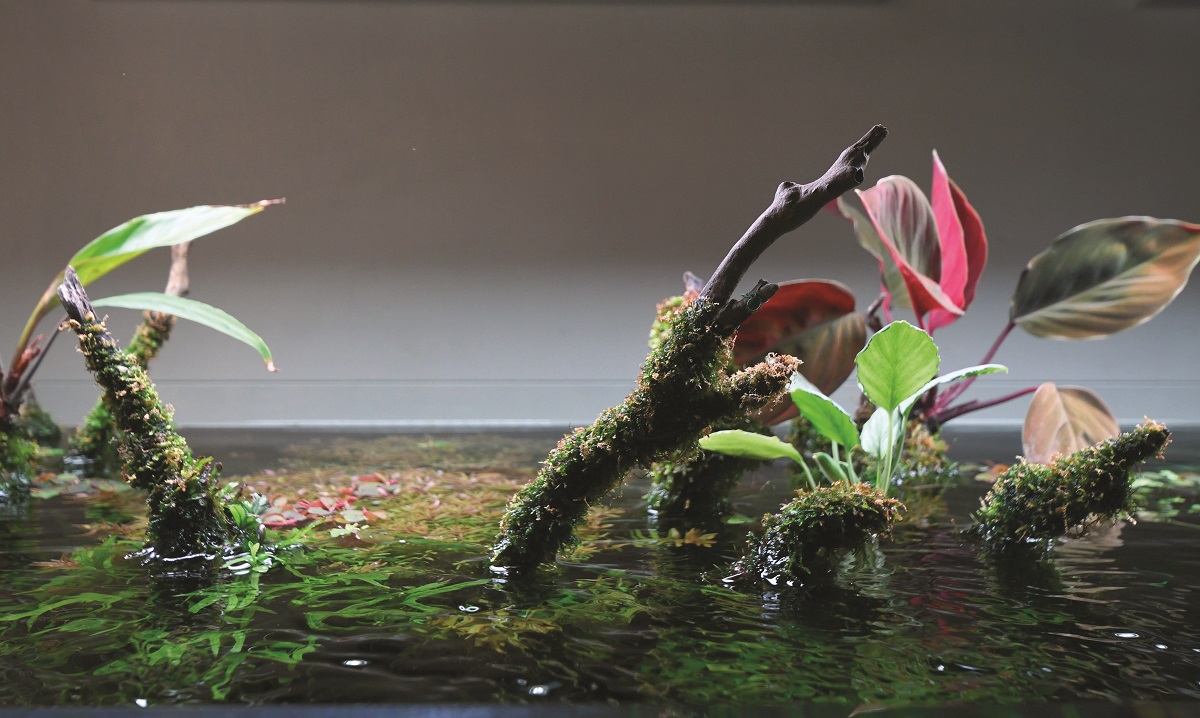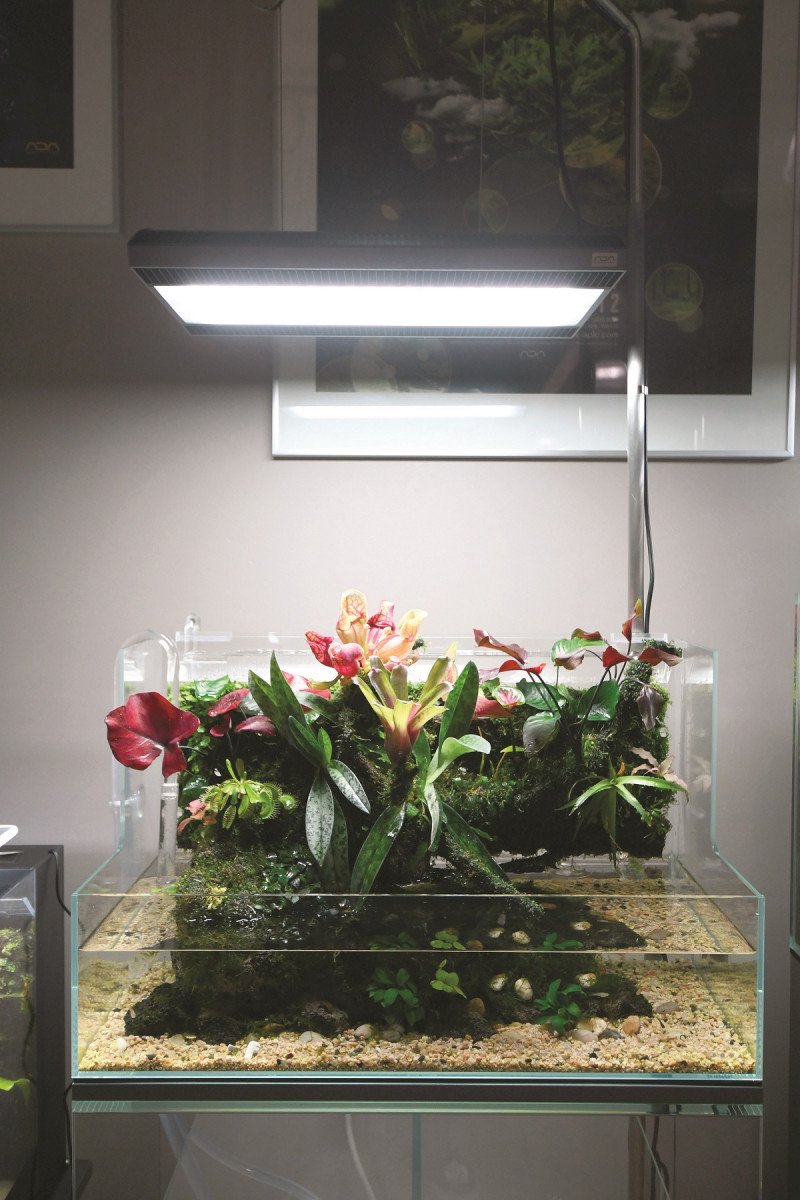No one can dispute the benefits of plants. So, despite the time and money involved in keeping a green bed, many deem the effort worth it. However, such a privilege can only be enjoyed by those with space for some good old ground.
Fret not, however, because there is now another way to make up for the lack of land for landscaping – aquascaping.
L C Chan, the director of Aqua Design Amano Malaysia (ADA Malaysia), describes aquascaping as building a miniature natural world in an aquarium.
“It is about building an ecosystem by setting up an oxygen regulator system, lighting, soil, water, plant and animal in an aquarium. It is like a mini jungle you can have at home,” Chan tells EdgeProp.my.
According to Chan, aquascaping is not a new hobby to Malaysia, with its roots going back a few decades. However, it has never gained traction until recently, mainly because its life span used to be as brief as half a year.
“Imagine having invested a month to set up a beautiful aquarium scape, but your plants and fishes cannot last more than half a year. You will be upset and disappointed because it is not cheap to start one. So it was not so popular in the past,” Chan explains. He says the key reason to the short life span of an aquascaping tank in the past was the quality of the base layer or the soil and sand.
“The base is everything. Last time people did not really pay much attention to the base. [They think] what is more important is the landscape. So when all the nutrients in the soil are depleted, the plants slowly die and eventually you will have to start everything all over again,” he shares.
Chan, who had quit his career as a mechanical engineer to be the first Malaysia distributor of Japan’s ADA range of aquascaping equipment products, says aquascaping has come a long way over the years and one could create a real miniature natural world as a complete ecosystem within the tank.
“It can actually last forever with some regular maintenance,” he says while showing off an eight-year-old tank.
To Chan, aquascaping is one of the best home decor one could possibly have because it is a live painting. “It looks a little different every day. It is never boring.”
To set up a standard two-feet tank will cost about RM1,500 to RM2,000, depending on the equipment, plants and fish used. “It takes about a month to prepare the ecosystem in the tank. It begins with building the base. Get the soil ready for the plants and water. Then, choose the layout material and plan the composition before placing the plants in.
“After setting up the landscape, you need to set up the equipment including the CO2 system, water filter system, lights and so on before you can fill the tank with water. Observe and adjust the pH, temperature, water quality and see how the plants are doing,” says Chan, adding that the observation period will usually take one to two weeks before fish is introduced into the tank.
“Many people are unsure about how to set up a tank, so we offer a service to ‘babysit’ their tank and only pass it to them when the ecosystem is ready and stable,” he says.
Daily maintenance, according to him, is “effortless”.
“Always remember it is a complete ecosystem. You can be away for a few days and the fishes and plants will be completely fine. Of course you can put fertiliser and fish food to help them grow stronger,” he shares.
Daily maintenance involves picking up dead leaves, flattening the sand and cleaning the tank with a razor. Other periodical maintenance includes changing 1/3 of the water in the tank every two weeks and cleaning the filter media, tools and equipment.
Unlike a garden, regular trimming is not necessary. “You don’t see a neat, garden-like jungle anywhere, right? So you don’t have to trim your aqua plants like bonsai, just let it grow naturally and trim it when it is too much for the tank.”

Tips for beginners
1. Install the tank on a cabinet that is safe and specifically designed for aquariums.
2. Place a mat on the cabinet to absorb vibration and help to prevent the tank from sliding off the cabinet.
3. Use a level gauge at the bottom of the tank to ensure the installation is level.
4. Do not skimp on substrate additives for beneficial bacteria which is important for the health of aquatic plants.
5. Make sure the driftwood is perfectly supported by stones to avoid the substrate from floating out.
6. Treat feeding time as a therapeutic interactive activity.
7. Nutrient supplementation – potassium and trace elements are easily depleted so add basic nutrients to ensure aquatic plants are healthy.
8. Remove dead leaves from tank.

Things you will need to start
1. Tank
2. Soil and sand
3. Substrate additives for beneficial bacteria
4. Driftwood and stones
5. Light system
6. Water filter system
7. Oxygen regulator system
8. Fertiliser
9. Aqua plants and fishes
10. Maintenance tools such as scissors and razor
This story first appeared in the EdgeProp.my pullout on July 13, 2018. Download EdgeProp.my pullout here for free.









